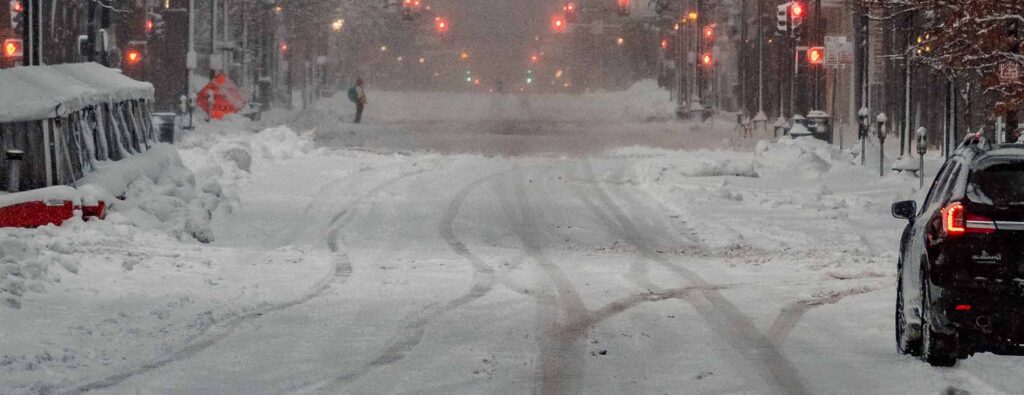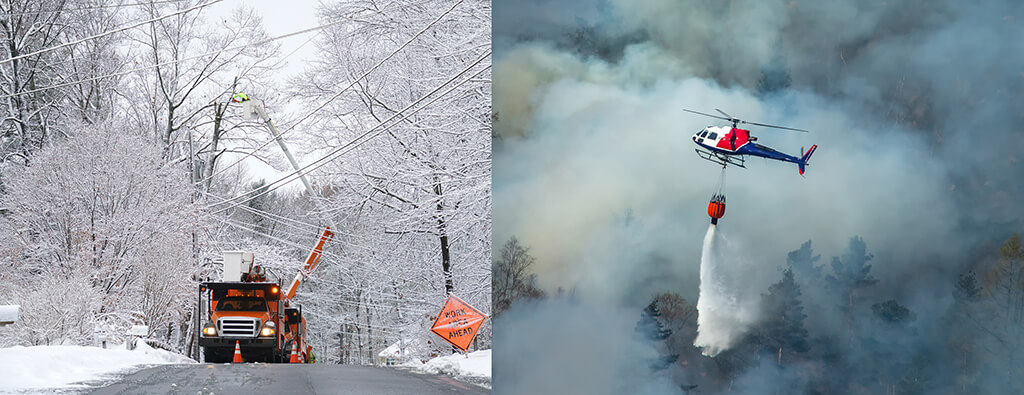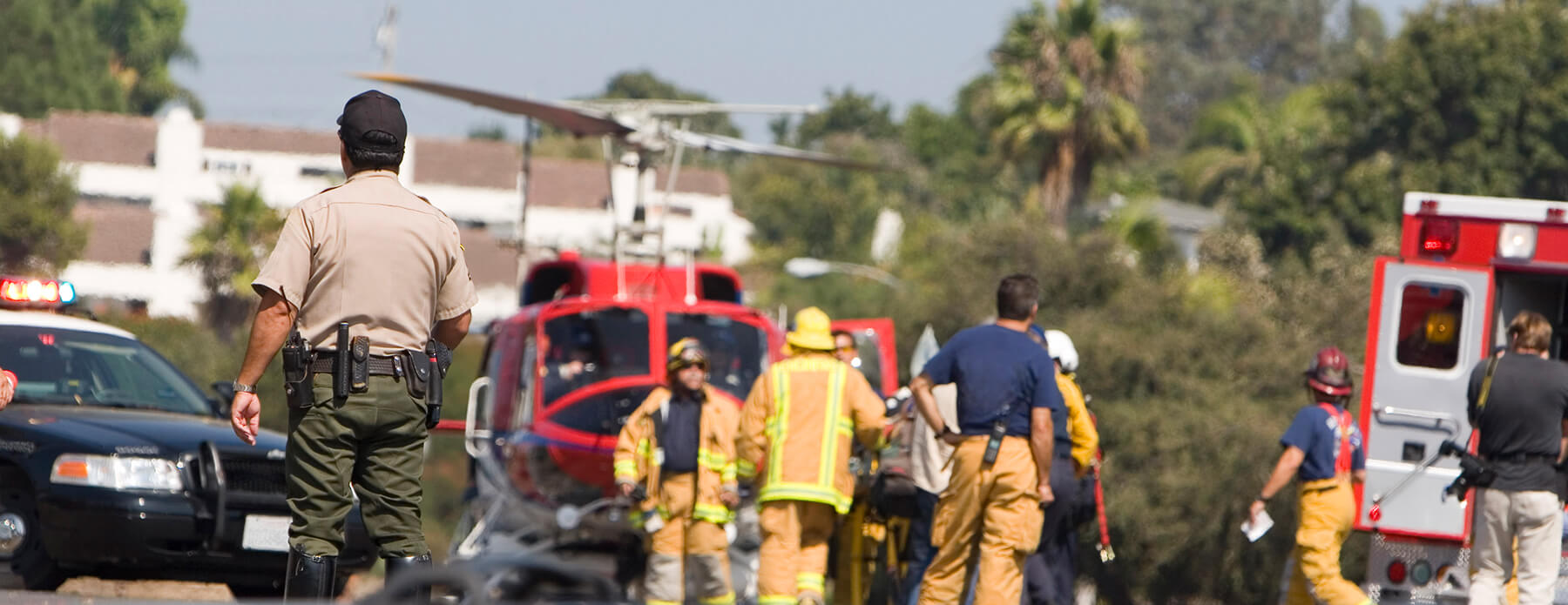Local emergency management and public works departments should take several steps ahead of and following a massive winter storm to ensure that they are prepared to handle the effects of the storm. Here are some key steps that should be taken:
Before the storm:
- Review and update emergency plans: Emergency plans should be reviewed and updated regularly to ensure that they are up-to-date and effective in responding to a winter storm. This should include identifying potential hazards, developing evacuation plans, and preparing emergency kits.
- Stockpile necessary supplies: Local emergency management and public works departments should ensure that they have sufficient supplies on hand to respond to a winter storm. This can include items such as road salt, sand, and snowplows, as well as emergency supplies such as blankets and non-perishable food.
- Clear drains and culverts: Clearing drains and culverts can help prevent flooding during a winter storm, which can be especially important if the storm is accompanied by heavy rain or followed by warmer temperatures.
- Regular maintenance of your Rights-of-Way: Clearing trees and branches from the public rights-of-way reduces the risk of them falling on and pulling down power lines, backing up drainage ditches, damage to improved private or public property, and the threat to public health and safety.
- Communicate with the public: Local emergency management and public works departments should communicate with the public ahead of the storm to provide information on how to prepare for and respond to the storm. This can include issuing warnings and advisories, as well as providing information on emergency shelters and evacuation routes.
During and after the storm:
- Monitor weather conditions: Local emergency management and public works departments should monitor weather conditions closely during a winter storm and be prepared to respond quickly to changing conditions.
- Clear roads and sidewalks: Public works departments should prioritize clearing roads and sidewalks as soon as possible after the storm, to ensure that emergency vehicles can travel safely and that pedestrians can access essential services.
- Restore power and other utilities: Local utility companies should work to restore power and other utilities as quickly as possible after a winter storm, to ensure that residents have access to heat and other necessary services.
- Assess damage and apply for assistance: Local emergency management departments should assess the damage caused by the storm and apply for assistance from state and federal agencies as needed. This can include applying for FEMA assistance, as well as seeking assistance from private sector partners and charities.
By taking these steps, local emergency management and public works departments can help to ensure that they are prepared to handle the effects of a winter storm and that they can respond quickly and effectively to protect the public and minimize the damage caused by the storm.

Chris Denney
Program Manager, Debris Services
Chris Denney is an established emergency management professional with over 17 years of experience in debris management, project management, data management, and disaster response. He is thoroughly trained in disaster debris monitoring processes, procedures, and best practices.
He has successfully led personnel for many debris monitoring operations including major hurricanes, floods, ice/winter storms, tornados, and oil spills. He has managed and secured funding for more than 10 million cubic yards of disaster-generated debris.



